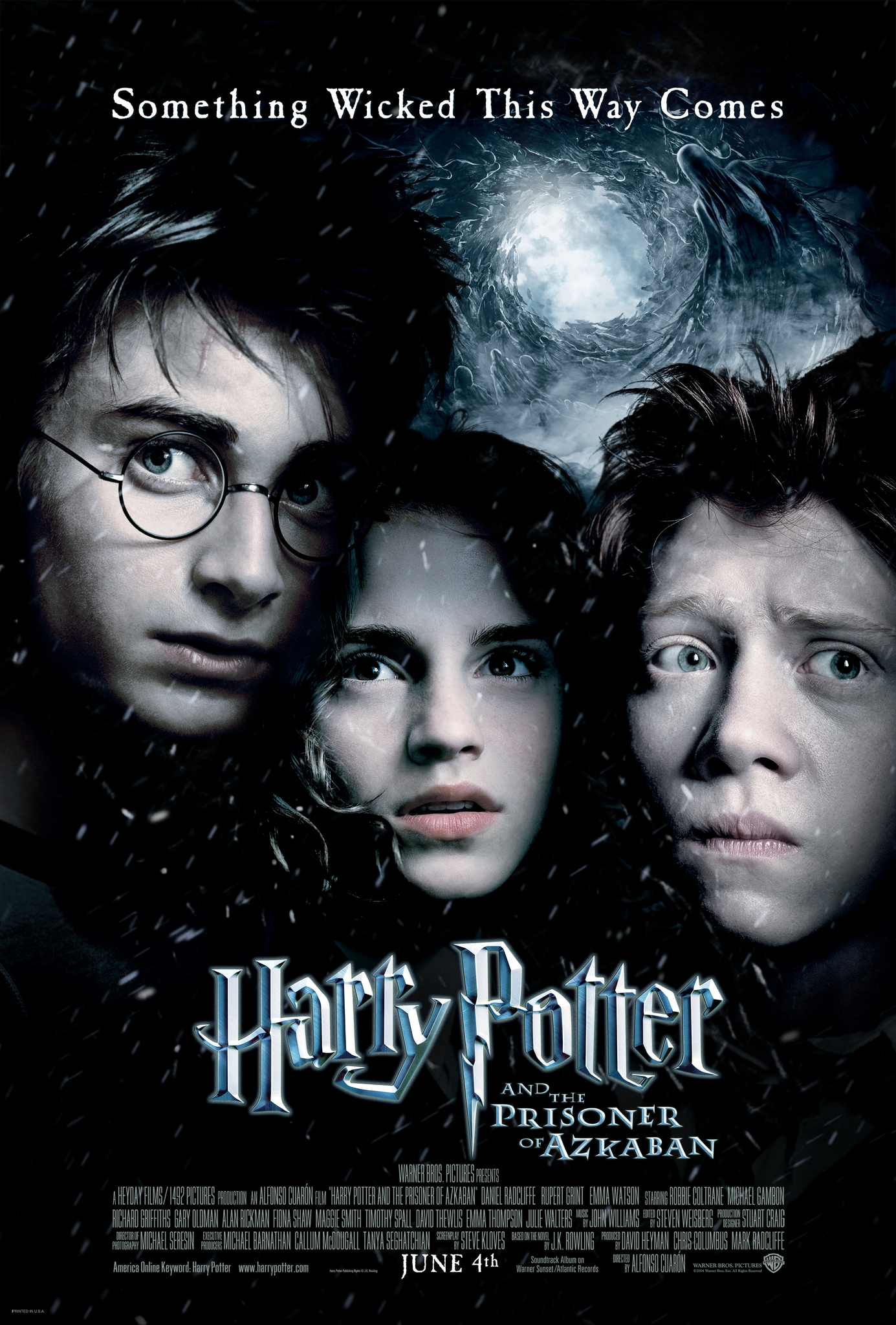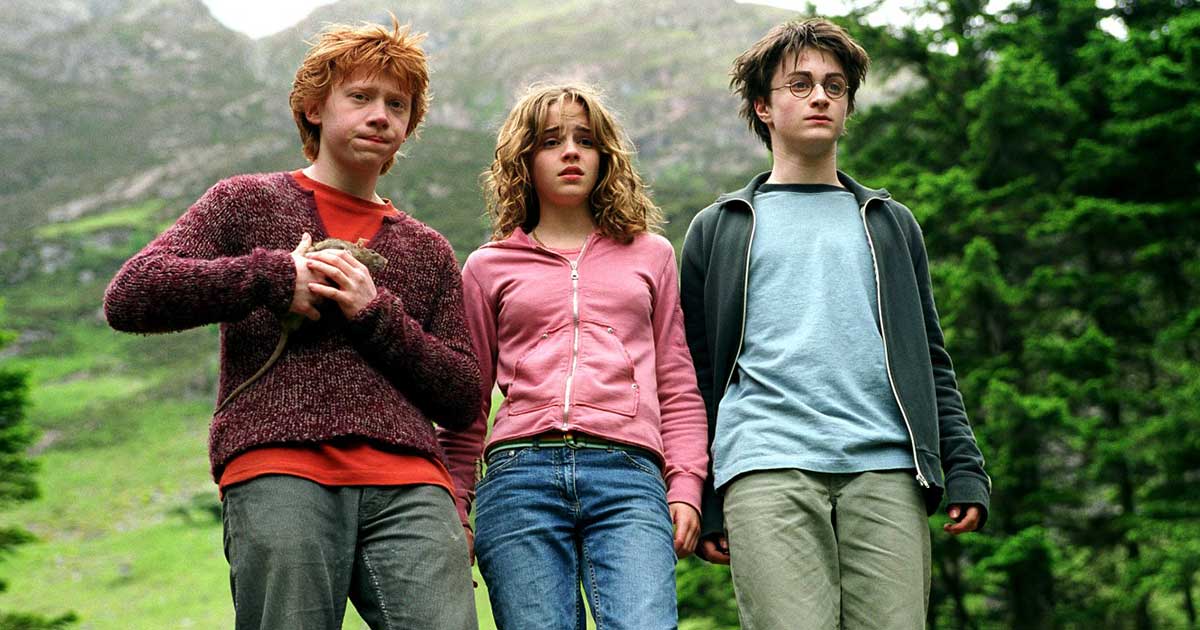
Directed by Alfonso Cuarón, "Harry Potter and the Prisoner of Azkaban" stands as a landmark in the film series, seamlessly blending the enchantment of the wizarding world with a newfound sense of maturity and artistic brilliance.
Artistic Innovation and Cinematic Language: Cuarón's artistic innovation extends beyond visual aesthetics. The film's unique cinematic language, including long takes and inventive camera movements, fosters an immersive experience. The use of symbolism, such as the recurring motif of circles, adds a layer of depth that invites audiences to engage on a cerebral level.
Thematic Resonance and Coming-of-Age: While rooted in the fantastical, the film's thematic resonance extends to universal coming-of-age elements. The characters navigate not only magical perils but also the complexities of growing up. Themes of self-discovery, identity, and the inevitability of change echo through the corridors of Hogwarts, making it a relatable and resonant journey for audiences of all ages.
Complex Characters and Performances: The performances of the cast reach new heights as they embody the evolving complexities of their characters. Daniel Radcliffe's portrayal of Harry Potter exudes a newfound maturity, while Rupert Grint and Emma Watson bring depth to Ron and Hermione. Gary Oldman's enigmatic Sirius Black and David Thewlis's compassionate Remus Lupin stand out as compelling additions to the cast.
Dementors and Fear as a Narrative Device: The introduction of Dementors not only adds a layer of psychological horror but serves as a powerful narrative device. These creatures, feeding on despair, symbolize the characters' internal struggles and traumas. The film explores the theme that confronting one's deepest fears is a necessary step toward personal growth.
Production Design and Magical Realism: The production design maintains the enchanting atmosphere of Hogwarts while embracing a touch of magical realism. From the whimsicality of the Marauder's Map to the eerie beauty of the Forbidden Forest, each set piece contributes to the film's rich tapestry. The attention to detail creates a world that feels both fantastical and grounded.
Temporal Paradoxes and Narrative Ingenuity: The narrative ingeniously weaves through temporal paradoxes, inviting audiences to engage in the intricacies of time travel. The use of the Time-Turner not only serves the plot but elevates the storytelling to a level rarely explored in mainstream cinema. The film challenges viewers to ponder the consequences of choices and the interconnectedness of past, present, and future.
Musical Evolution and Emotional Impact: The evolution of John Williams' score complements the film's tonal shift. The music becomes more nuanced, mirroring the emotional complexity of the characters. From the haunting melodies accompanying Dementor encounters to the triumphant notes of the film's resolution, the score enhances the emotional impact of each scene.
Legacy and Enduring Impact: "Prisoner of Azkaban" leaves an enduring impact on the Harry Potter legacy. Its artistic sophistication, thematic depth, and narrative innovation have solidified its place not only as a pivotal chapter in the film series but as a standalone work of cinematic art. The film's influence continues to be felt in discussions about the intersection of fantasy and high-quality filmmaking.
Conclusion: "Harry Potter and the Prisoner of Azkaban" is more than a sequel; it's a cinematic journey that transcends the boundaries of fantasy filmmaking. Alfonso Cuarón's directorial prowess, coupled with a script that balances magic and maturity, has created a timeless masterpiece. As the characters face their fears and uncertainties, the film invites audiences to embrace the magic within and reflect on the profound lessons embedded in this extraordinary tale.
 |
| Harry Potter and the Prisoner of Azkaban |
